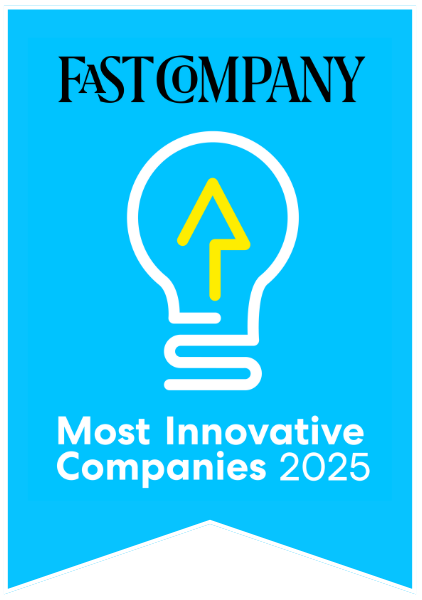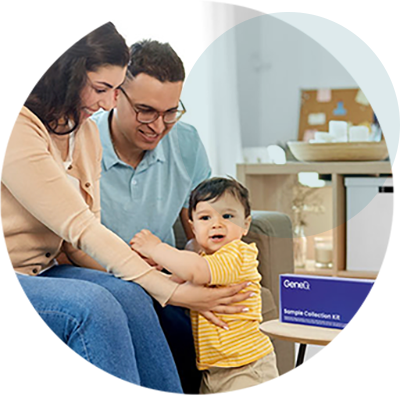Broad testing, precise answers
With advanced genomic technologies, our unmatched internal database, and extensive clinical expertise, GeneDx’s industry-leading tests deliver clinically actionable results, faster.
Learn moreWe value your feedback! Take our quick client satisfaction survey here.

We see a future where any genetic disorder is diagnosed quickly to prevent disease progression and ensure long and healthy lives for all.
The key? Exome and genome sequencing.
Recommended by guidelines as a first-line test. More likely to deliver a diagnosis.
The time for exome and genome is now.
Not a healthcare provider?
Learn more about testing here.
Exome sequencing
delivers 2x the diagnostic yield of chromosomal microarray (CMA) and multigene panels.1,2
Genome sequencing
is the most comprehensive genetic test available and includes mitochondrial genome sequencing.
Rapid genome sequencing
can help identify the 1 in 3 infants in the intensive care unit that likely have a genetic disorder.3
Ready to talk in more detail? Schedule a call today.

With advanced genomic technologies, our unmatched internal database, and extensive clinical expertise, GeneDx’s industry-leading tests deliver clinically actionable results, faster.
Learn moreThere’s a reason we’re the go-to lab when providers need diagnoses for children with both rare diseases and common conditions. It includes comprehensive, actionable results, unparalleled support, and a genuine dedication to putting patients first.

References: 1. Savatt JM, Myers SM. Front Pediatr. 2021 Feb 19;9:526779. doi: 10.3389/fped.2021.52679. 2. Srivastava S, Love-Nichols JA, Dies KA, et al. Genet Med. 2019 Nov;21(11):2413–2421; https://doi.org/10.1038/s41436-019-0554-6. 3. Wenger T, Scott A, Kruidenier L, et al. AM J Hum Genet. 2025; 112, 1-15.